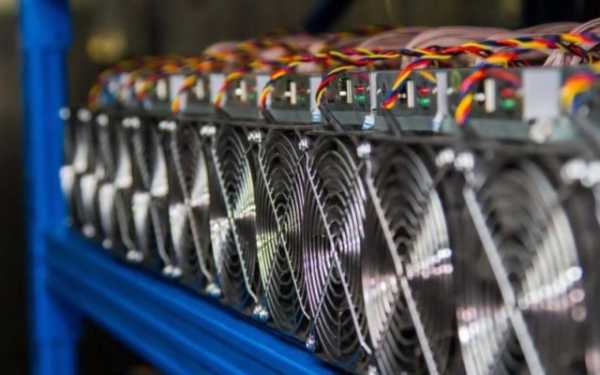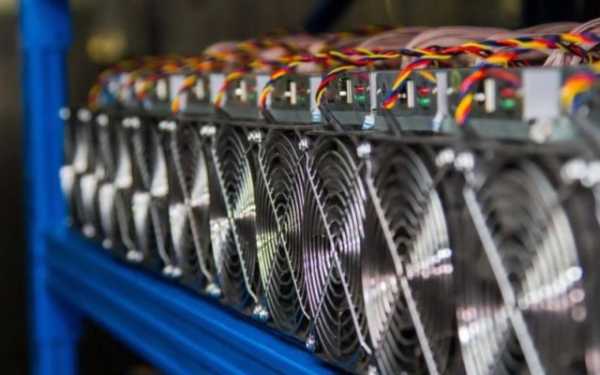Only 5% of Bitcoin remains to be mined

By mid-November 2025, miners had mined 95% of all Bitcoins that would ever enter circulation. This represents approximately 19.95 million coins, or $1.9 trillion at the exchange rate at the time of publication. This percentage was already recorded in the summer, but the calculations have now been adjusted to account for coins deemed “unspendable,” such as those lost or stored in technically inaccessible wallets, according to RBC Crypto.
Thus, miners have 1.05 million of the 21 million bitcoins initially allocated by the algorithm to be mined. As of November 17, just over 230,000 coins are considered “stuck.”
The mechanism for the creation of new bitcoins is predictable and based on a gradual reduction in emission (halving). The timing and quantity of coins that will be created are known in advance, with possible minor variations in timing, but not in volume. Thus, 99% of all bitcoins will be mined by January 2035, and 99.9% by 2047.
Bitcoin passed the 94% mark in mid-2024, and 90% at the end of 2021. Bitcoin surpassed the 80% mark in early 2018, 70% at the end of 2016, 60% at the beginning of 2014, and 50% at the end of 2012.
Charts of the number of Bitcoin coins created (orange) and the emission rate as a percentage (blue) as of November 17, 2025, since January 2009. Source: Bitcoinvisuals
Despite Bitcoin's strictly limited supply, there are theoretically mechanisms that could increase its supply. These include, for example, renaming fractional units to whole units (Bitcoin is divisible down to eight decimal places) and changing the codebase. Both approaches are unpopular and have drawn significant criticism from the community and expert community. BlackRock has allowed for a change in the finite number of Bitcoins. How is this possible?
The rate of new bitcoin issuance continues to slow—this is part of the cryptocurrency's algorithm, which involves a so-called halving every four years. This mechanism halves the reward in new bitcoins that miners receive for adding each block of transactions to the blockchain, thereby reducing the rate at which new coins enter circulation.
For comparison, when the network launched in 2009, miners received 50 BTC per block, or approximately 2.6 million bitcoins per year. After the first halving in 2012, the reward was reduced to 25 BTC (approximately 1.3 million coins per year), in 2016 to 12.5 BTC (750,000 coins per year), in 2020 to 6.25 BTC (325,000 coins per year), and in 2024 to 3.125 BTC, or approximately 160,000 coins per year.
After the next halving in 2028, the annual supply increase will be approximately 80,000 BTC, and after another four years it will decrease to approximately 40,000 coins.
Miners' income, which is paid in Bitcoin, is declining over time. In dollar terms, the situation depends on the exchange rate, but the actual amount of cryptocurrency being mined is decreasing. As the next scheduled supply reduction approaches, market participants are increasingly raising questions about business sustainability and the need to adapt to the new conditions.
In a recent interview with CoinDesk, Fred Thiel, CEO of MARA Holdings, the largest US mining company, stated that the industry faces a major transformation in the coming years. He argued that outdated and inefficient business models will no longer be profitable, and only companies with access to cheap energy or those that have diversified beyond mining (for example, into artificial intelligence) will be able to survive.
Competition is intensifying due to the entry of new players, including hardware manufacturers and big-money companies like Tether. Thiel noted that without a significant increase in the Bitcoin price, the situation after the halving in 2028 could become critical.
If we convert the estimated total revenue of miners into dollar equivalents, then with a Bitcoin price of approximately $95,000 (as of mid-November 2025), it amounts to approximately $40 million per day. For comparison, similar figures were observed in 2021 and 2022, when the Bitcoin price ranged from $30,000 to $60,000.
This indicates that if the supply is reduced and the current number of participants remains the same, mining may no longer be an economically viable way to operate the network unless the Bitcoin price grows at an accelerated rate.
Источник: cryptocurrency.tech



